
Why Thailand
Uniquely Thai
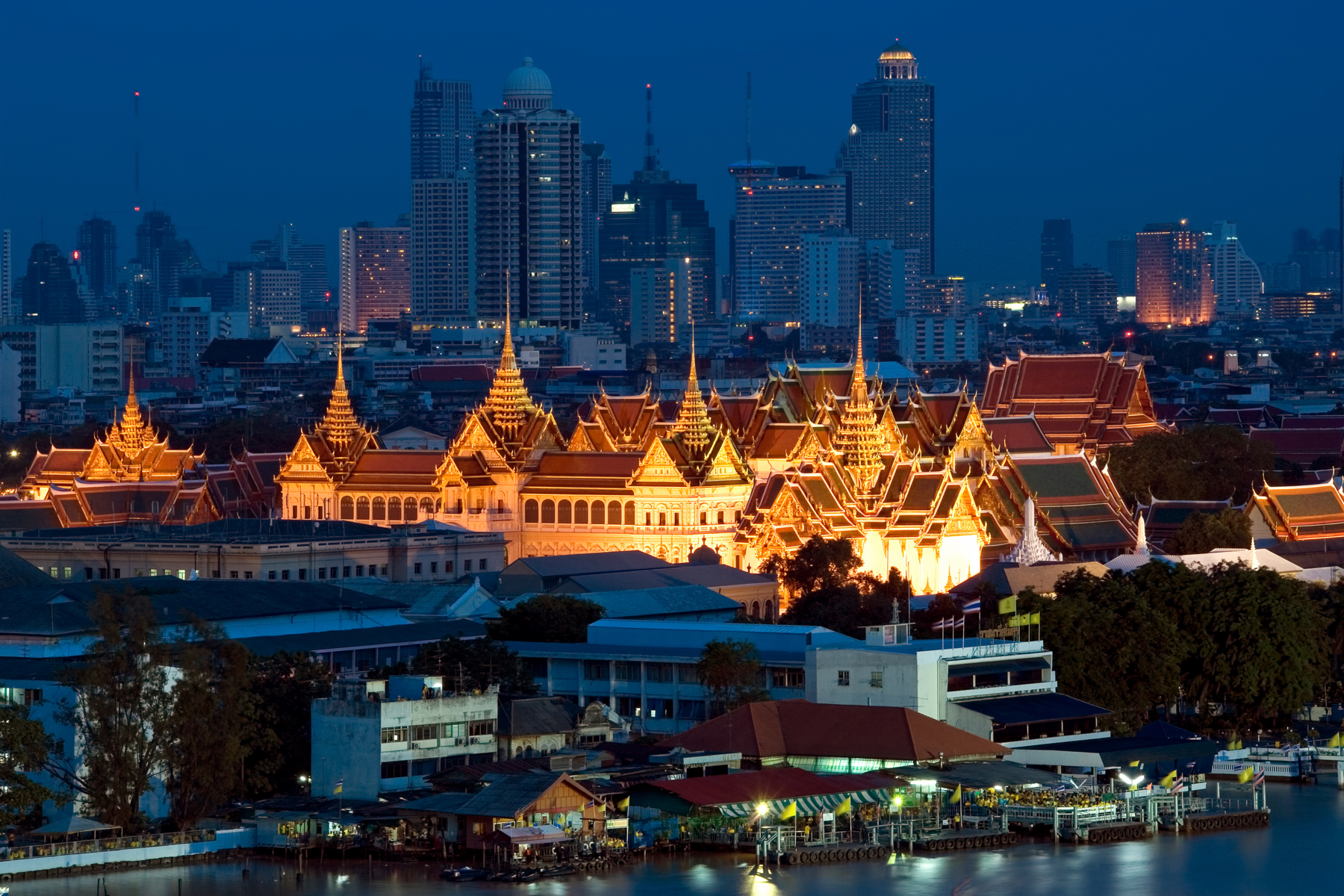
Thailand is well-known for the “Uniquely Thai” which impresses the international MICE travellers whether it is the unique service and hospitality of people and Thai food. Discover new experiences in the unique way of life in terms of valuable traditions and local culture and plentiful nature. Besides, assorted MICE activities and events are available to fulfill all kinds of demand. It is a rare experience that can be discovered in Thailand only. Moreover, with the efficient provision of the world-class facility to organise MICE events and the diverse concept of the creative organisation under the uniqueness, Thailand is the destination that fulfills all demands for MICE.
1. Thai Trends
- Butterbear Viral
The popularity of “Nong Noey”, the adorable mascot from Butter Bear has exploded amongst Thais and international visitors – especially Chinese – alike. With his chubby, smiling face, playful demeanour, and fun dance moves, Nong Noey has stolen the hearts of many and has quickly become an online sensation. Thai and foreign visitors are now flocking to the Butter Bear bakeries when they get wind of an appearance by their favourite Nong Noey. The Tourism Authority of Thailand has capitalised on the popularity of the rotund mascot by launching a campaign featuring Nong Noey alongside Nattawit “Apo” Watnakittiphat to promote local tourism.
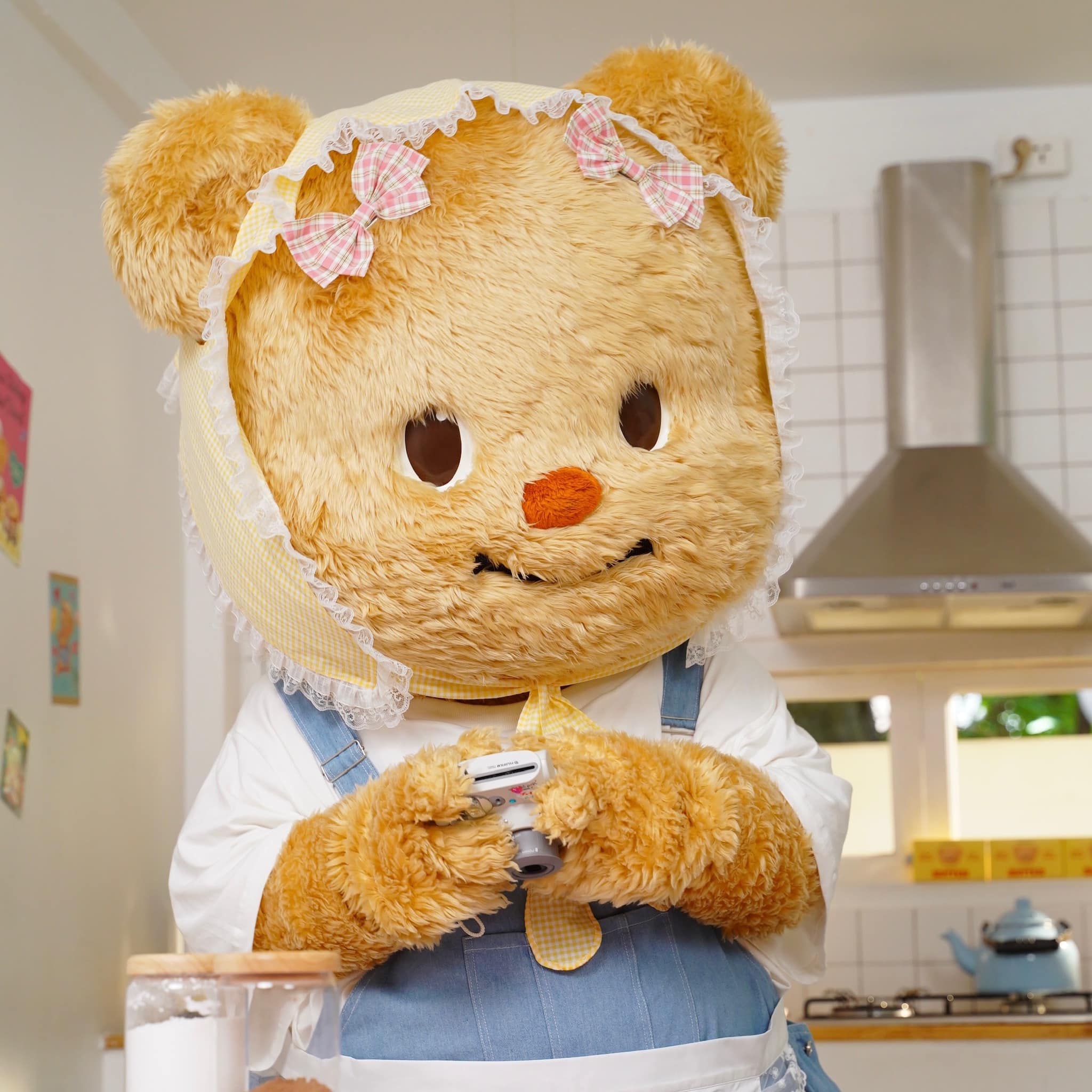
- "How to Make Millions Before Grandma Dies” – Thai Film Stuns on World Stage
The Thai movie “Lan Ma”, or “How to Make Millions Before Grandma Dies” has become a massive success domestically and around the world. With its heartwarming story that explores the relationship between the two protagonists from different generations, the film resonates with audiences of all ages. The film also beautifully reflects Thai culture with its depictions of Thai lifestyle, food, and traditional dress. Foreign audiences have responded enthusiastically: it won the Audience Award at the New York Asian Film Festival 2024, and after just 17 days of release in China it had grossed over 100 million yuan, or approximately 500 million baht. By the time the film has finished its run in theatres it is expected to have grossed more than 1.7 billion baht, a truly remarkable and proud achievement for the Thai film industry.
- PIPATCHARA – the eco-friendly Thai fashion label
The international Thai fashion label PIPATCHARA is well-known for its approach to sustainability in fashion. The brand recycles plastic bottle tops and other plastic waste, turning them into stylish, wearable, and functional creations. Its products include a wide range of bags, clothing, accessories, and shoes for all types of occasions. Not only does PIPATCHARA promote environmental awareness in fashion, but it also supports local communities by employing artisans around the country. PIPATCHARA is truly a rising star in the fashion world having showcased collections at prestigious events including Dubai Fashion Week and London Fashion Week. The brand has also earned the trust of Thai and foreign celebrities including Anne Hathaway who was seen carrying PIPATCHARA’s Mini Amu Crystal bag on the red carpet at South by Southwest, and Lisa from Blackpink who donned a PIPATCHARA outfit at the after-party for the Monaco F1 Grand Prix.
- Moo Deng has gone viral!
Moo Deng, the baby pygmy hippopotamus at the Khao Keow Open Zoo has become a global sensation, taking social media by storm. Moo Deng’s viral success began when zoo staff posted photos and videos online of the adorable baby pachyderm. Whether it was her irresistibly cute face, her walk that looks like she is bouncing from foot to foot, or her apparently grumpy demeanour when she didn’t get her way, Moo Deng quickly became an internet sensation. The baby hippo has captivated and captured the hearts of people in Thailand and around the world. Fans have created their fan artworks in honour of Moo Deng and posted the images online continuing to build the global frenzy surrounding her. Even global media outlets have jumped on the bandwagon with “Time” magazine proclaiming, “She’s an Icon, She’s a Legend, and She Is the Moment.”
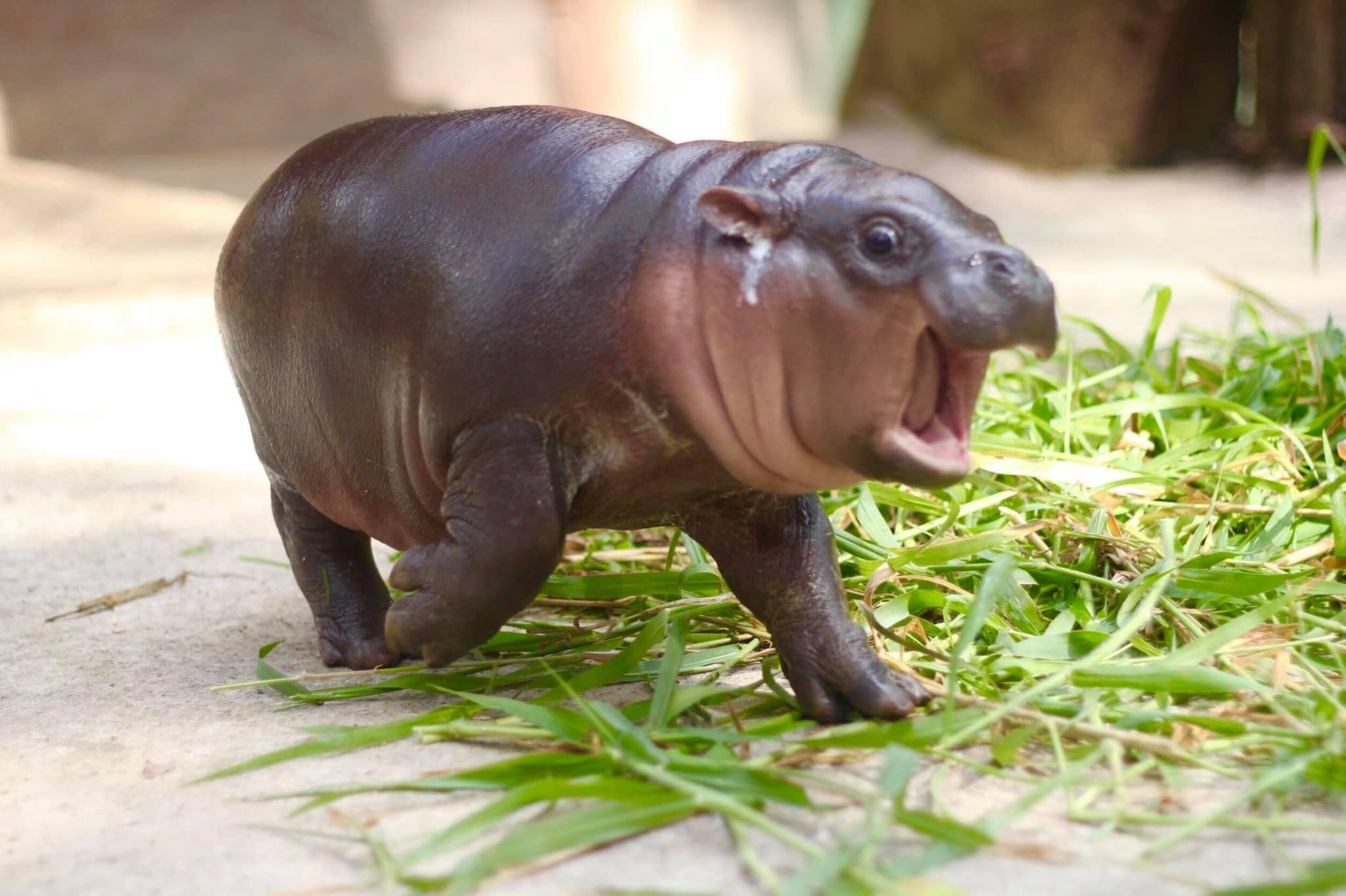
- Chang Chill
This elephant sanctuary in Chiang Mai recently received the prestigious Travelers’ Choice Awards’ Best of the Best 2024, an honour bestowed on the basis of reviews and the real experiences of visitors as recounted on the Trip Advisor travel platform. The respected sanctuary’s focus is on elephant welfare ensuring that they have freedom of movement and access to a natural diet. MICE travellers can join in eco-friendly activities including watching the elephants eat, bathe, and play in relaxed natural surroundings. Visitors to ChangChill can also enjoy nature walks around the sanctuary, and join educational programmes about elephants, including lectures and demonstrations, plus the opportunity to join in the preparation of the elephants’ food.
More information: https://changchill.com
- Talat Phlu
The historic district around the Talat Phlu railway station, along the banks of the Chao Phraya River, served as the location for filming of the popular “How to Make Millions Before Grandma Dies” movie. This area offers MICE visitors the chance to soak up the charming atmosphere of the traditional way of life of the local community. Visitors can enjoy sampling the delicious local savoury and sweet dishes, including classic Thai desserts. The area is rich in culture with much traditional architecture to admire such as the Chantharam Temple (Wat Chantharam Worawihan) and the Chinese-style community shrine Sao Chao Tueng which serves as a spiritual centre for the local community.
- Khao Lak
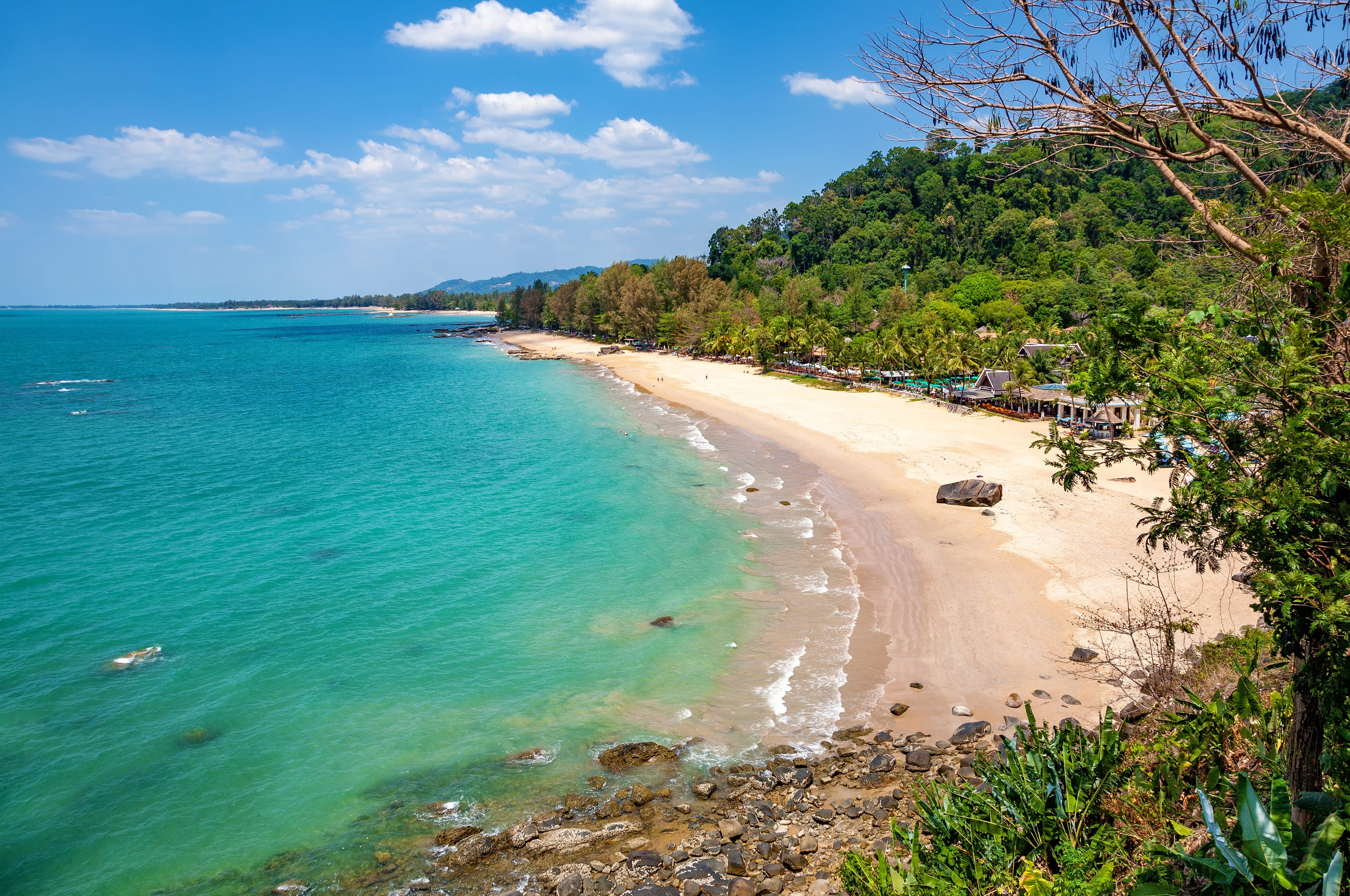
- On Tai Community, Chiang Mai
On Tai is a charming small community nestled in lush natural surroundings in Chiang Mai province. Here, MICE visitors can immerse themselves in a range of activities steeped in the traditional Lanna culture. Options include bike-riding through the local forest and royal development projects which focus on sustainable practices, learning a traditional skill like how to make natural tie-dyed batik fabrics, joining pottery making demonstrations, or learning how to make traditional dishes using the organically-grown local produce. The area also features historical attractions such as Phan Na Phu Lao where visitors can learn about the rich local culture and heritage.
- Ban Rim Khlong Homestay Community, Samut Songkhram
The Ban Rim Khlong Homestay Community is located in Ban Prak sub-district, Muang district of Samut Songkhram province. The community offers an authentic rural Thai experience enveloped by the bountiful natural beauty of the surrounding canals and orchards. The tranquil setting offers clean air and an idyllic environment for relaxation and leisure. Within the community, visitors can immerse themselves in the traditional riverside way of life. Activities on offer include learning how to cook local dishes, making products using materials from the local coconut trees, enjoying scenic boat trips on the surrounding canals, exploring the nearby mangrove forests, or taking a night-time boat tour to experience the magical atmosphere created by fireflies. Homestay options include private cottages, shared accommodations, and traditional Thai-style houses.
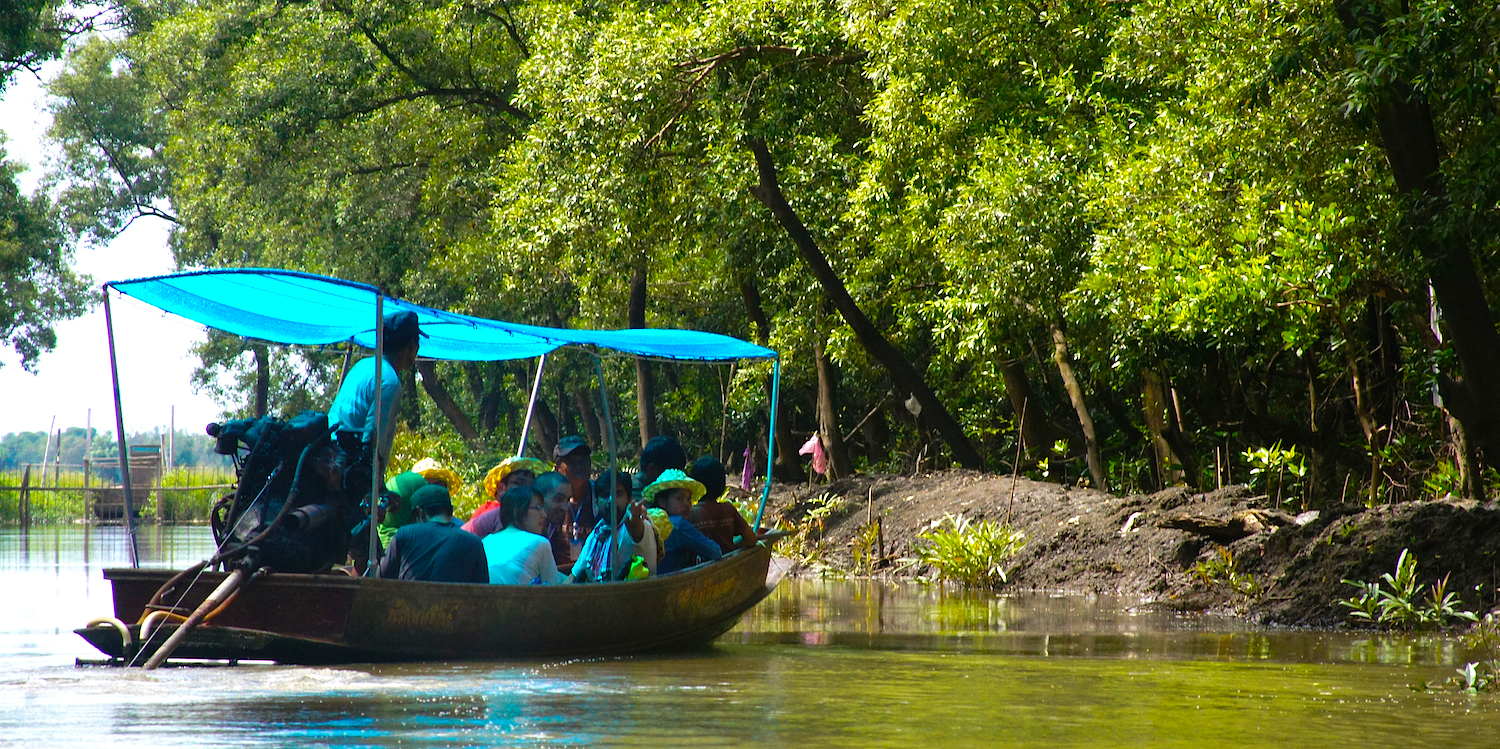
Credit : www.baanrimklong.net
- Ban Thammachat Laang Community, Trat
Located in Khlong Yai sub-district, Trat province, the small fishing community of Ban Thammachat Laang is known for its preservation of a simple way of life, and its natural surroundings. The community has established the Ban Thammachat Laang Eco-tourism Co-operative as a hub for environmental education and eco-friendly tourism. Its aim is to offer visitors the chance to engage in sustainable practices while engaging with the natural environment. One of the popular activities offered at the community is the 3-Forest Tie-Dyeing Workshop where visitors can create original fabric designs using natural materials sources from the surrounding forest, and community gardens. The eco-friendly process results in some beautiful one-of-a-kind designs. In addition to the tie-dyeing workshops, the community places great emphasis on waste management and the sustainable use of natural resources. The aims are to promote awareness of conservation and sustainability practices, and are central to the community’s ethos and are another reason why it is a great venue for CSR-related activities.













